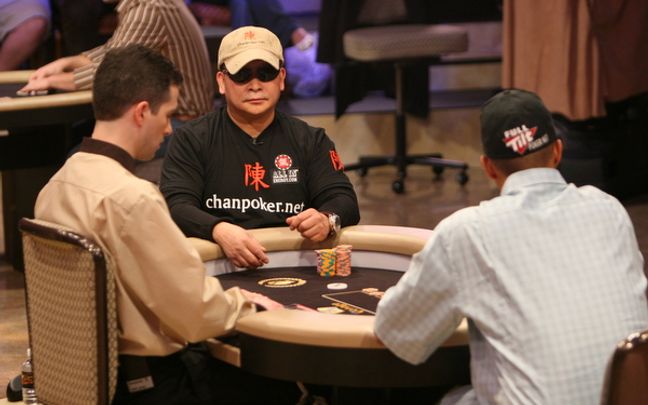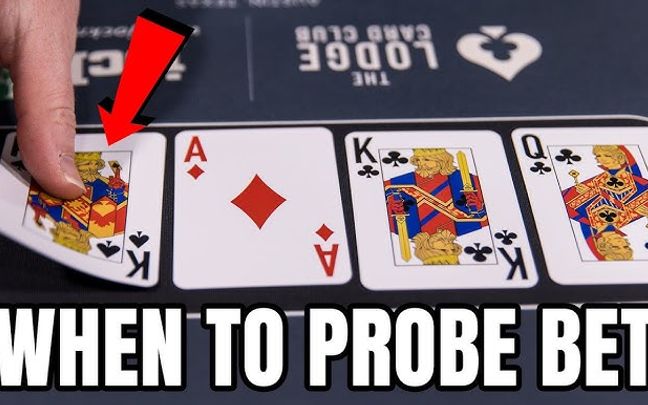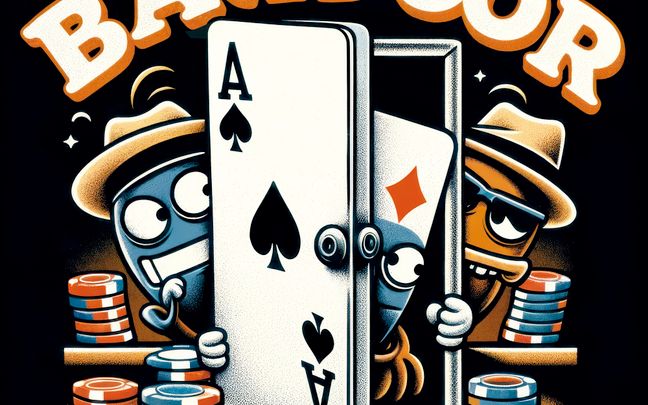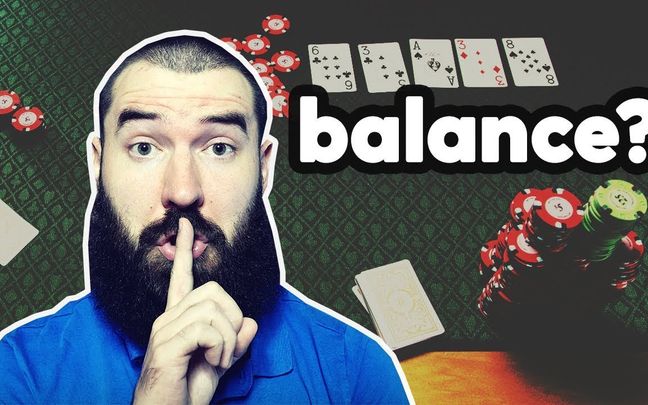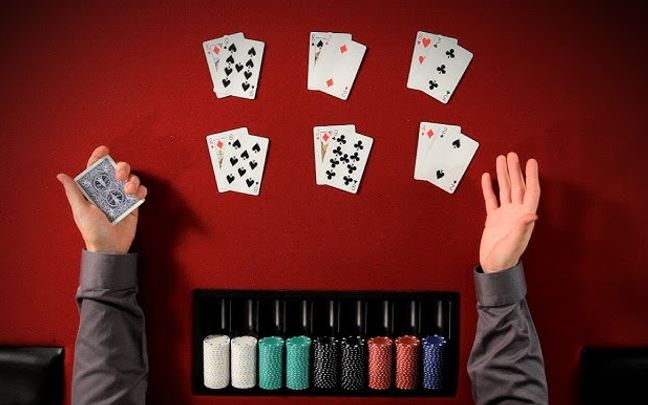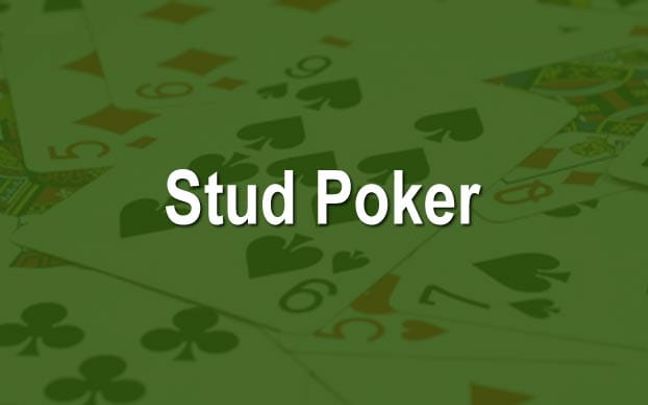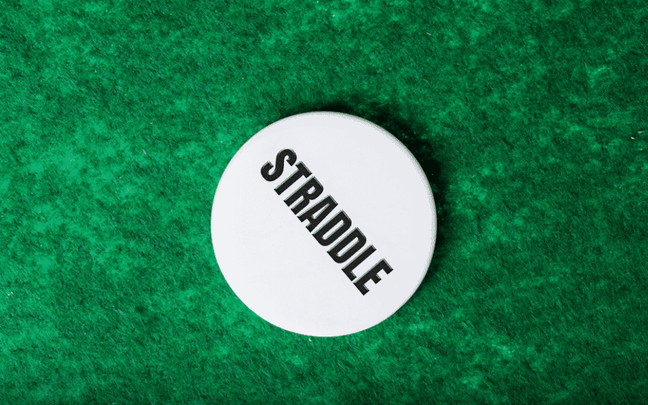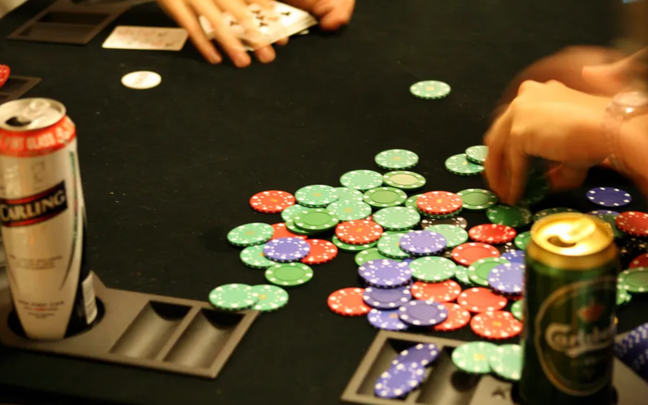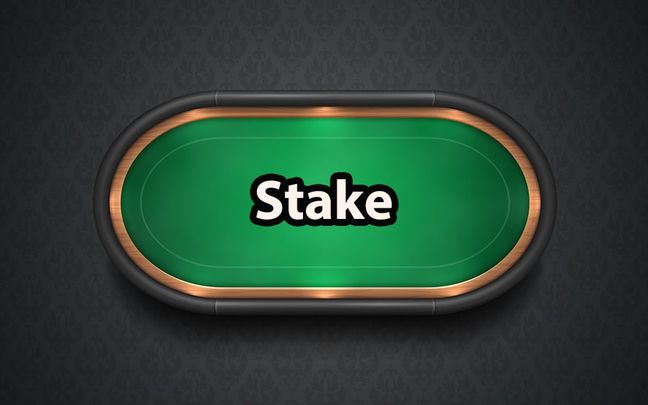In the world of poker, one of the popular and important styles to master is the "tight table" strategy. This concept not only refers to playing cautiously and selectively but also influences the overall dynamics of the game. Effectively mastering and applying a tight table strategy can help you optimize your chances of winning while minimizing unnecessary risks.
This article will delve into the characteristics of tight table, optimal strategies for engaging in this style, and the benefits and limitations of applying a tight table approach in poker.

What is a Tight Table in Poker?
In poker, a "tight table" refers to a table where most players are very cautious and only play strong hands. Here are some detailed characteristics of a tight table.
Characteristics of a Tight Table
Fewer Flops
At a tight table, players often fold before the flop, leading to fewer flops being seen. This means that many hands end with fewer players involved, and usually only one or two players remain after the first betting round.
Fewer Big Bets
Big bets and raises usually occur only when players have very strong hands. Large bets are rarely made with weak or medium-strength hands because tight players tend to avoid risks.
Many Folded Hands
Many players will fold before the flop, resulting in less action during hands. This can make the game somewhat slow and less exciting.
Thorough Analysis
Players at a tight table often analyze their hands very carefully before deciding to play. They consider their odds of winning thoroughly before betting or raising.
Strategies for Playing at a Tight Table
Play More Hands
If you notice that your table is very tight, you can take advantage by playing more hands than usual. When many players fold, you can try to steal pots by raising with medium or even weak hands.
Bluff More Often
At a tight table, bluffing (pretending to have a strong hand) can be more effective. Since tight players are likely to fold when they don’t have a strong hand, you can attempt to bluff to win the pot without having a strong hand yourself.
Bet Big When You Have a Strong Hand
When you have a strong hand, you should bet big to maximize your profit. Tight players will find it difficult to call your bet unless they have a truly strong hand, so you can collect more chips when they eventually call with their strong hands.
Advantages and Disadvantages of a Tight Table
Advantages
-
Minimized Risk: Playing tight helps you avoid unreliable hands and preserve your chips.
-
Increased Winning Chance with Strong Hands: By only playing strong hands, you increase your chances of winning when you enter a hand.
Disadvantages
-
Slow and Less Action: Less action can make the game slow and less exciting.
-
Susceptible to Bluffing: Tight players can be more easily bluffed because they tend to fold when they don’t have a strong hand.
Understanding the tight table and applying the appropriate strategy can help you maximize your profits in poker.

Example of a Tight Table Scenario
To illustrate a tight table in poker, let's consider a specific example with five players: A, B, C, D, and E. We'll go through a hand from start to finish to see how tight play manifests.
Pre-Flop
Player A (UTG - Under the Gun): Has 7♠ 6♠, a medium hand, and decides to fold.
Player B (MP - Middle Position): Has K♦ Q♦, a medium-strength hand, but decides to fold because it’s not strong enough to play from a middle position at a tight table.
Player C (CO - Cutoff): Has A♠ J♠, a strong hand, and decides to raise to 3 times the big blind (BB).
Player D (Button): Has 9♣ 9♦, a fairly strong hand, decides to call the raise from Player C.
Player E (SB - Small Blind): Has 5♠ 5♣, a weak hand, and decides to fold.
Player F (BB - Big Blind): Has 10♦ 10♠, a strong hand, decides to call the raise from Player C.
Flop
Flop comes: K♠ 7♠ 2♣
Player F (BB): Checks, as although he has an overpair, he wants to see how others act first.
Player C (CO): Bets 6 times the big blind, hoping to make opponents fold or to build the pot if they have a strong hand.
Player D (Button): Has 9♣ 9♦, decides to fold as the flop didn’t improve his hand.
Player F (BB): After some thought, decides to call with 10♦ 10♠.
Turn
Turn card: 4♠
Player F (BB): Checks.
Player C (CO): Bets 12 times the big blind, hoping Player F will fold but is also willing to continue if Player F calls.
River
River card: 2♠
Player F (BB): Checks.
Player C (CO): Checks with A♠ J♠, having completed a flush.
Player C wins the hand with a flush.
Analysis
-
Players A and B: Folded pre-flop as they didn’t have strong enough hands to play at a tight table.
-
Player C: Raised with a strong hand (A♠ J♠) and continued to bet aggressively on the flop and turn.
-
Player D: Called with a pocket pair (9♣ 9♦) but folded after seeing the flop was not favorable.
-
Player F: Called with 10♦ 10♠ but checked continuously to avoid risking too much.
Comments
This tight table example shows that players are very cautious and only participate with strong hands. Other players folded when they didn’t have a strong hand, which helps minimize risk. Playing tight can help protect your chips and only engage in hands with a high chance of winning, but it can also lead to a slow and less action-packed game.

Understanding and applying a tight play strategy not only helps protect your chips but also provides an opportunity to maximize your profit when you have a strong hand. Although a tight table might make the game slower and less dynamic, it creates an ideal environment to build a safe and effective playstyle. By carefully analyzing each hand and applying appropriate strategies, you can leverage the tight table style to gain an edge over your opponents. Remember, poker is not just a game of chance but also requires sharp strategy and smart decision-making.

